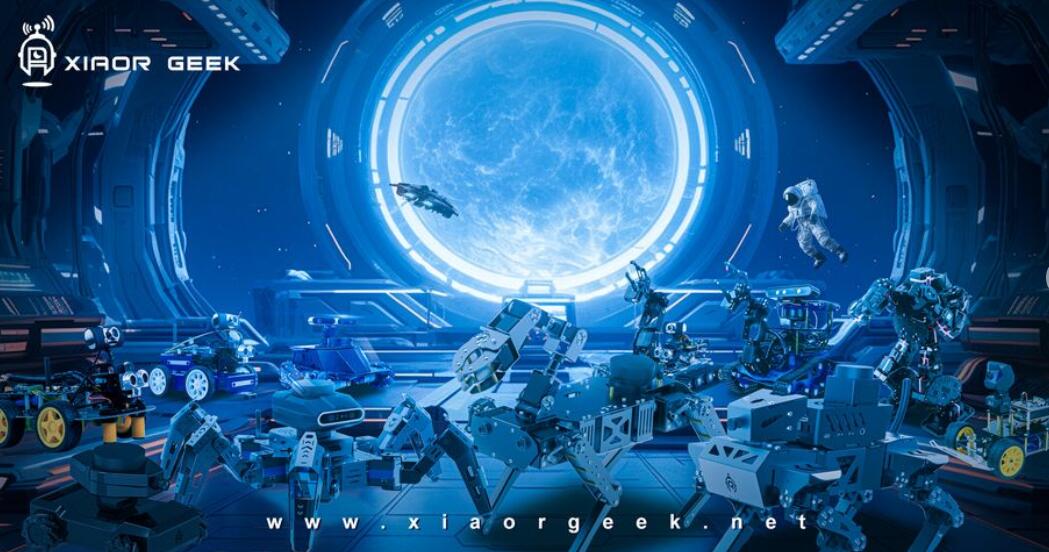Introduction: In today's modern society, programmable robots have emerged as a powerful force in the field of education. These robots not only help students learn programming skills but also foster creativity, problem-solving abilities, and teamwork. This article will delve into how programmable robots are transforming education, providing students with a whole new learning experience.
In recent years, with the rapid development of artificial intelligence, various intelligent electronic products have emerged in an endless stream, whether they are intelligent robots in the industrial field, such as sorting robots, industrial robotic arms, etc.; or intelligent robots in the daily life field, such as intelligent sweeping robots. Food delivery robots, etc. all reflect the importance and widespread application of electronic information technology.
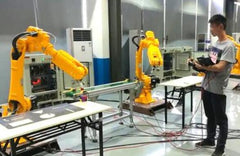
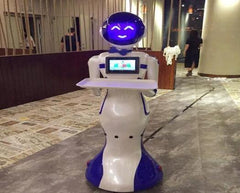
But the key to whether the superstructure is strong or not is whether the underlying foundation stone is stable. The so-called castle in the air is beautiful but does not last long. Therefore, if we want to continue to innovate and develop in the field of artificial intelligence, we must pay attention to the cultivation of intelligent education.
In the past, when we took programming classes, we usually learned the content from textbooks, and then typed a few pieces of code on the computer, but what exactly did the instructions presented by this code look like? And how it is reflected in practical applications, we have no way of knowing. If there is an educational intelligent robot for teaching at this time, which can execute your code, will this knowledge point be more vivid and effective?

So what are the advantages of programmable educational robots? Next we briefly discuss the following points:
I. Cultivating Students' Programming Skills Programmable robots offer students an interactive platform to engage with computers. By writing code to control the robot's actions, students gain a more direct understanding of programming principles and logic. This hands-on learning approach enhances students' programming skills and enables them to learn and improve from their mistakes. From simple commands to complex algorithms, programmable robots assist students in gradually advancing their programming proficiency.
II. Igniting Students' Creativity Programmable robots are not just tools; they serve as a wellspring of student creativity. Students can utilize the robot's capabilities and sensors to design and build their own creative projects. For instance, they can write code to make the robot draw, dance, or even play musical instruments. This creative practice not only nurtures students' imagination and innovation but also sparks their interest in technology and science.
III. Fostering Problem-Solving Abilities Programmable robots provide an ideal platform for nurturing students' problem-solving abilities. By engaging in coding challenges and missions, students learn to break down complex problems into manageable parts and develop step-by-step solutions. They also gain valuable experience in debugging and troubleshooting, as they encounter and overcome obstacles in their coding journey. Through these experiences, students cultivate critical thinking skills and develop perseverance in tackling challenges.
IV. Encouraging Collaborative Learning Programmable robots promote collaborative learning, allowing students to work together on projects and tasks. Collaborative coding sessions enable students to share ideas, discuss programming strategies, and learn from one another. This collaborative environment nurtures teamwork, communication skills, and the ability to work effectively in groups. Moreover, students learn to appreciate diverse perspectives and develop empathy through collaboration, ultimately preparing them for the collaborative nature of the professional world.
V. Real-world Application and Career Readiness Programmable robots provide a bridge between classroom learning and real-world application. By solving real-world problems and implementing their ideas through coding, students gain a deeper understanding of the relevance and practicality of their acquired skills. This hands-on learning experience prepares students for future careers in fields such as robotics, artificial intelligence, and software development.
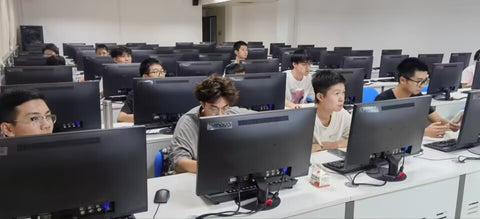
Currently, some of the more popular programming robots suitable for K12 students on the market are mainly based on Micro:bit motherboards, such as Happybot robot, Wuli programmable robot, Dbit programmable robot car, etc. Of course, there are also some Arduino platform suitable for beginners, such as DS Wireless Video Transmission programmable robot car, GFS wireless video transmission programmable robot tank, TH wireless video transmission programmable robot tank, etc. For Advancer intelligent programmable robots in colleges and universities, there are Raspberry Pi, Jetson nano, FPGA and other platform-based robots, such as Hexapod bionic robots, Corgi bionic robot dogs, ROS laser radar robot tank, ROS Mecanum wheel laser radar robot car, etc.
Of course, no matter what kind of robot you use, its ultimate purpose is to learn programming and related electronic information courses. Choosing the corresponding product based on your own knowledge level will get twice the result with half the effort for you who can quickly master this skill.
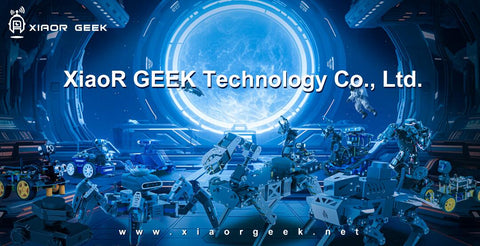
Okay, I don’t know if what I said about smart education is helpful to those in front of the screen. If you agree with what I said, then move your finger to like or subscribe to our blog or leave your wonderful comments. . Welcome to discuss with you, see you in the next issue!

